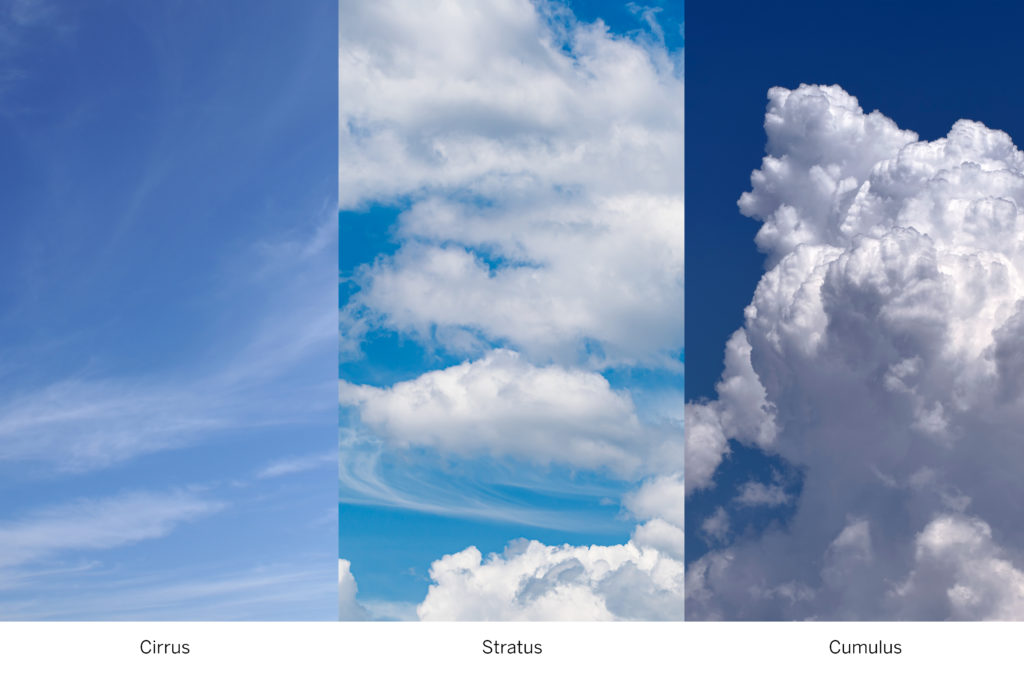Beginner’s Guide to Boating Weather Warnings
As the saying goes, if you don’t like the weather in Texas, wait 10 minutes. Texas’ fickle weather patterns and sometimes violent, sudden storms can spell trouble for boaters. Whether you are on a Texas lake, floating downstream, or at sea along the Gulf Coast, a sudden shift in the weather can turn a lazy, enjoyable afternoon on the water into a dangerous — and potentially deadly — emergency.
Weather affects boating in many ways. Wind can create waves or quickly overpower your watercraft. Heavy rains can limit visibility and create flash floods; even Texas’ tiny creeks can transform into raging monsters during a sudden storm. Lightning, tornadoes, and waterspouts can creep up on you quickly and without much warning. That’s why it is important to know the weather beforehand and to stay attuned to the elements while you’re out on the water.
Know Before You Go
The best way to avoid any weather-related water emergencies is to prepare ahead of time. Proper preparations should begin a few days before you plan to go boating and continue each day until you head out.
Check the short-term, mid-term, and long-term forecast. Look for any possible storms, but also for the broader weather patterns as they emerge. Some weather systems, such as strong tropical storms and hurricanes, can be spotted days or even weeks ahead of their arrival, making them easier to avoid. Other weather patterns are more difficult to predict. Rely on the National Weather Service forecasts, which track major low- and high-pressure systems and update forecasts every six hours with the most likely upcoming scenarios.
Weather Updates While Underway
Forecasts can quickly change, particularly in Texas. One way to stay abreast of developments is to tune into local weather reports on the radio. If you have a marine radio, boating weather reports are broadcast on the 162.55 MHz or 162.40 MHz frequencies. Along the coast, local Coast Guard radio stations also broadcast updates. If you don’t have either of these two options, keep a portable radio aboard that you can tune to a local station that offers frequent weather reports.

Reading the Skies
Sailors kept aware of weather forecasts for thousands of years by remembering a few basic cloud principles, helping them to predict certain kinds of weather changes. Clouds are produced when different masses of warm and cool air with various levels of humidity come into contact. Thus, they can tell you how the air is moving and what kind of moisture or wind it may bring with it. In Texas, weather changes most often come from the west as air moves across the continent. While on the water, keep a lookout for these clouds:
Cirrus: These thin, wispy clouds form above 18,000 feet up via upper-atmosphere winds. They generally indicate fair boating weather in the short term, with a change in the weather within the next 24 hours. Judging the direction from which the wind is blowing cirrus clouds will also help you apprise the direction from which the new weather will arrive.
Stratus: These uniform puffy, gray clouds often cover large stretches of the sky. When stratus clouds cover most of the sky, they can drop light mist or drizzle. Lower, puffy stratocumulus clouds look like big cotton balls punctuating the blue sky and signify fair boating weather. However, they can condense to form nimbostratus clouds, which are a darker gray, cover more of the sky, and can bring light to moderate rain.
Cumulus: These puffy, white clouds look like cotton. When interspersed and not very tall, they indicate fair weather. However, if they grow taller and combine to form larger cumulonimbus clouds, they can turn into thunderstorms. These towering clouds are low to the ground, and they form on hot days when warm, wet air rises to the sky. Cumulonimbus clouds often harken the pending arrival of lightning, strong winds, and even tornadoes or hail.
How to Handle Foul Boating Weather
Sometimes even the most attentive preparation can’t prevent you from getting caught in the occasional weather event. If you find yourself in a storm, the Texas Parks and Wildlife Department recommends you take the follow precautions:
- Reduce your speed, and proceed with caution.
- Put on personal flotation devices.
- Approach the nearest shore that seems safe.
- Head your bow into waves at about a 40-degree angle.
- Take time to secure and tighten any loose items.
- Have your emergency gear ready.
- Ensure bilges remain water-free.
- Have any passengers sit on the bottom of your boat near the centerline.
- Anchor the boat if your engine fails.
Don’t forget to adhere to boating safety rules that apply when the Texas sky is clear. Here is a list of tips to keep in mind.
© 2021 Texas Farm Bureau Insurance



